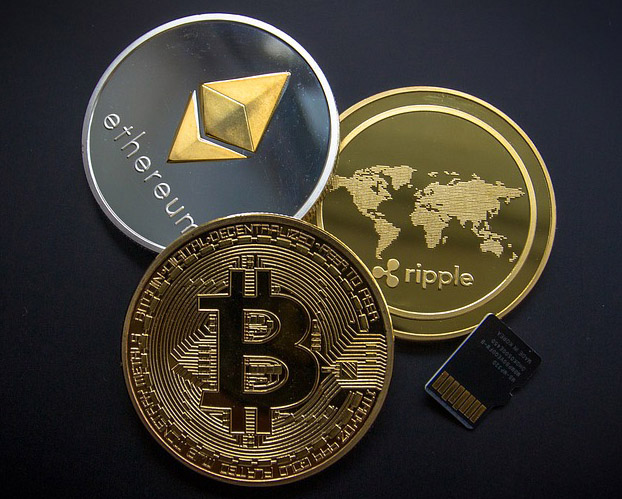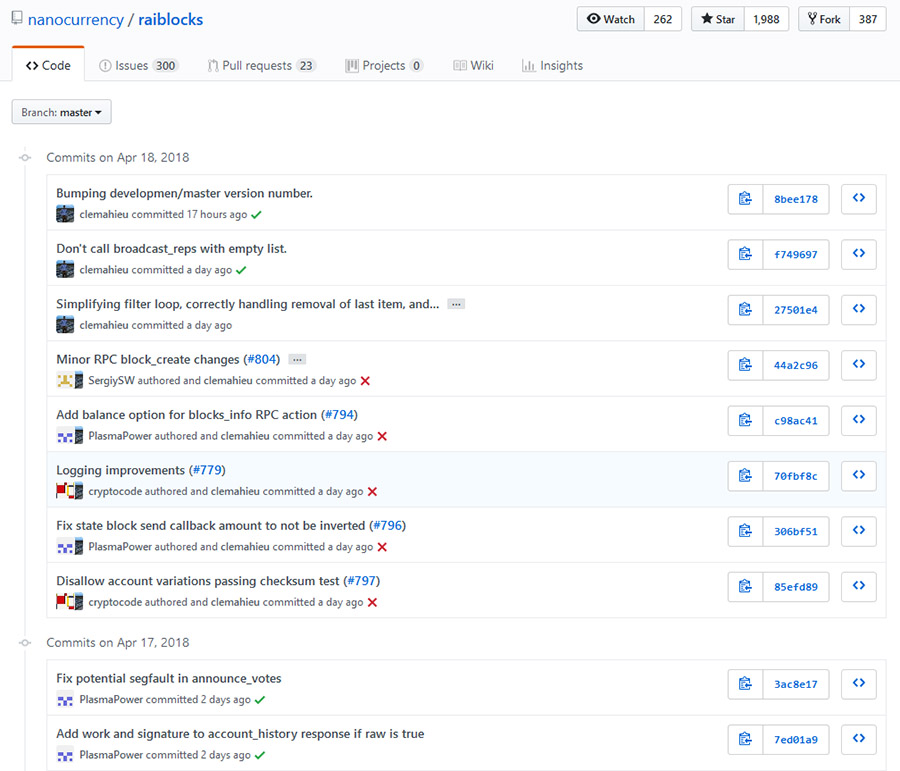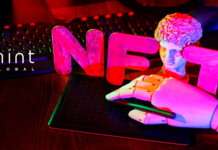
ICOs are a dime a dozen these days. Actually, many are worth even less than that. You can find thousands of crypto tokens whose value is resting around $0.00.
Some have died because they’re scams; others have died because they were poor ideas or good ideas that were poorly executed. And make no mistake, the pile of dead ICOs will be much higher in a year or two as companies that raised ICO money burn through their war chests without generating any real traction or revenue. It’s going to be a bloodbath.
But of course, there are some great ICO projects out there too. So how do you separate the wheat from the chaff and make sure that you’re not going to be left holding the bag with hundreds of valueless-dead tokens in a year or two’s time?
You can start by researching these very important questions. If you can’t find the answer, aren’t totally convinced by the answer, or can’t understand the answer for any of these questions, steer clear.
1. What Does the Token Do?

Remember, in an ICO, you’re not buying a stake in the company, you’re only buying a set number of its tokens. Even a successful company could still have a completely worthless token if the token has no function or direct connection to its business.
So when evaluating an ICO, you need to ask what the token you’re buying actually does on the network, and why that’s important. Particularly if the project will allow other forms of payment (i.e. other cryptocurrencies, fiat payments, etc.), you’ve got to ask why anyone would need or want the proprietary token you’re buying. Sometimes there’s a good answer to that question. But if there isn’t, run.
2. Who’s Behind The Company?
The best idea in the world can fail if it’s poorly executed – indeed, tech companies based on great ideas fail by the thousands every year because their teams failed to execute them.
Having a good idea is just the first step in the process, but what ultimately matters is execution, and that comes down to the people in the trenches actually doing the work. So, as an investor, you have to make an effort to figure out who’s working on this project, and how qualified they really are. That means it’s time for some social media stalking.
Look into the team members listed on the ICO project’s website. Check their LinkedIn, Twitter, Github – any social account you can find. Are these real people? Are they really working on this project? Does it look like this is a full-time project for them, or are they doing this part-time or on a contract basis? What kind of experience do they have in this area? Can you find any examples of their previous work to evaluate?
If you’re satisfied with the answers to these questions, then move on, but if you’re left unsure or suspect anything shady, steer clear!
Additionally, don’t put a ton of stock in the importance of any advisors listed. If the advisor list is impressive that may be worth noting, but be aware that advisors are almost never involved in the day-to-day execution of a project.
3. Is There a Product?
If a company’s using an ICO, chances are it doesn’t have a fully-featured product up and running yet. But there’s still a big difference between a real product that’s in active development and a shiny whitepaper attached to a marketing website (remember, it’s pretty cheap to buy a fake ICO including pre-written whitepaper, website, etc.).
Do some stalking around the team’s social media, looking in particular for developer or project Github accounts and check out the history of “commits” (times the project has been changed/updated). Are the team’s developers working on this project? Is it being frequently updated?
If you’re not familiar with Github and need an example, take a look at the page for NANO (formerly Raiblocks). On the site (or in the sample image below) you can see that there’s a solid history of multiple “commits” each day, meaning the project is being actively worked on. And you can see that a lot of those commits are coming from a user called clemahieu.
Colin LeMahieu is NANO’s lead developer, so this all adds up. We can see that there’s a project that’s being actively developed by people who are supposed to be developing it. That’s what you should see, so if you don’t, it’s a serious red flag.

4. Can This Team Sell The Product?
A great team with a working product and good token tech could still prove to be a terrible investment. Great teams with technically superior products fail all the time. Particularly in blockchain, one of the most common reasons for that failure is a lack of attention to (or competence in) design and marketing. So when assessing an ICO, you’ll want to give some thought to how it is marketing itself.
This is the most difficult question to answer because is subjective and subject to change. Companies often use ICO funds to hire or expand design and marketing staff, so what you see now may not reflect what you’ll see a year from now when the project mainnet launches. But even so, taking a look at its ICO materials should give you some idea of whether the project’s leaders understand or value these concepts.

For example: does the project’s landing page have a clear, concise explanation of what it does and how it’s useful? Does it have attractive graphics and videos that help you understand the project or that make you feel good about the brand? Does the website have project UI mockups, and if so does that UI look clean and easy-to-use?
These are all signs that the team has invested time, thought, and money in selling its ICO to you. That’s not a guarantee it’ll do a good job at selling its product in the future (and there are plenty of scams out there with nice-looking marketing, so be careful). But it’s at least a positive indication. If you come across a project that’s difficult to understand, has unattractive branding and marketing materials, and has a complicated-looking UI design, those may be signs to steer clear.
Got a positive answer to all four of those questions? Great! That doesn’t guarantee your ICO will be a good investment – far from it – but it makes it less likely that you’re going to get scammed or stuck holding a bag that drops to $0. Still, be careful with your research, and follow the cardinal rule of crypto investing:
Never invest more than you can afford to lose.



































